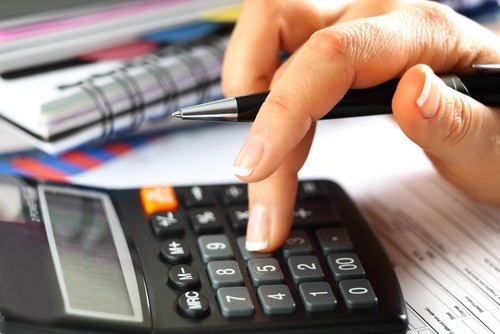On the other hand, if you are just about to start up you will lack that history, and while you can make some assessment of the initial monthly outgoings, particularly fixed costs, the real challenge is to accurately predict the likely sales revenues.
SmallBusiness.co.uk and Alan Gleeson of Palo Alto offer this guide to forecasting more accurately.
Why is forecasting important?
Cash is the lifeblood of any business and is needed to fund working capital. A large number of business expenses have to be paid for up front. These outgoings occur against a backdrop of uncertain sales levels and often a delay in receiving cash on those sales.
Companies need to prepare cash flow forecasts to assess what the level of the cash shortfall will be, so they can obtain financial assistance, such as bank overdrafts or loans. Your company could be profitable on paper yet run the risk of becoming insolvent if it doesn’t meet its obligations.
The first month
At the start-up stage it is difficult to assess what your revenue will be for the first month. Once you have one month of trading, you can use the figures to forecast likely sales levels thereafter. When you draw up your business plan, you will need to work from estimates. The following questions will help determine the range for the estimates and should enable you to predict the demand for your product more accurately.
Finding a niche
Does the product or service fulfil an existing need? Does it provide benefits over and above your competitors? Is it aimed at a specific and commercially viable market?
Pricing
Is the product priced at a level that will attract a sufficient number of customers? Standard demand and supply rules say that the lower the price, the higher the demand for a product. However, you still need to think about profit, so consider pricing carefully.
External factors
Does demand drop significantly due to external changes â“ such as a weak economy or seasonal change? Does the product attract high taxes or tariffs, like alcohol and tobacco?
Competition
How much competition is there? What are the sales levels of your close competitors and how profitable are they?
Marketing
Do you have a marketing plan in place? What are the key marketing activities and what do you expect the response to be?
Route to market
How will customers access the product?
How do you make a sales forecast?
Once you have considered the context and demand, you are in a better position to consider future revenue figures.
Given the uncertainty, you should establish a range for your sales predictions rather that a fixed figure. Ideally, you should try to obtain a profit and loss statement for a competitor or similar business based elsewhere to use as a reference point.
Using online resources like Acornand www.upmystreet.com/ enables you to get free data about your area based on postcode searches.
For example, if you were looking to open a coffee shop, you might start with a list of likely costs, ranging from rent through to equipment and so on. Once you have an estimate of the costs, you would then look to work out potential revenues.
To do this, you could park outside of a particular target location and count ‘footfall’ for the day â“ the number of customers coming in and how much they spend on average. Use this to assess whether you could break even based on this amount of passing trade. Remember, you won’t be able to produce an exact number – you just want to produce an educated guess, expressed as a range.
Summary
This tool shows the top sellers from the eBay marketplace. Again, this can help you assess demand for a particular product.
Having assessed the wider environmental conditions and considered the internal decisions regarding the proposition, it is possible to make more accurate predictions for your first month of trading. Once there is an historical record for a year of trading, it is then possible to plan with more certainty. Once a sales forecast has been made, it can be used for budgeting, allocating resources, managing cash flow and as a basis to secure investment.
The aim of sales forecasting is to come up with some revenue figures that are credible. Forecasting is not an exact science, but rather a mix of fact-based analysis and judgment. This will help to produce a more plausible business plan and ensure that the author is able to answer questions regarding the market opportunity â“ questions that will top the list of any prospective investor or bank manager.
Alan Gleeson is managing director of Palo Alto, creators of Business Plan Pro®.




